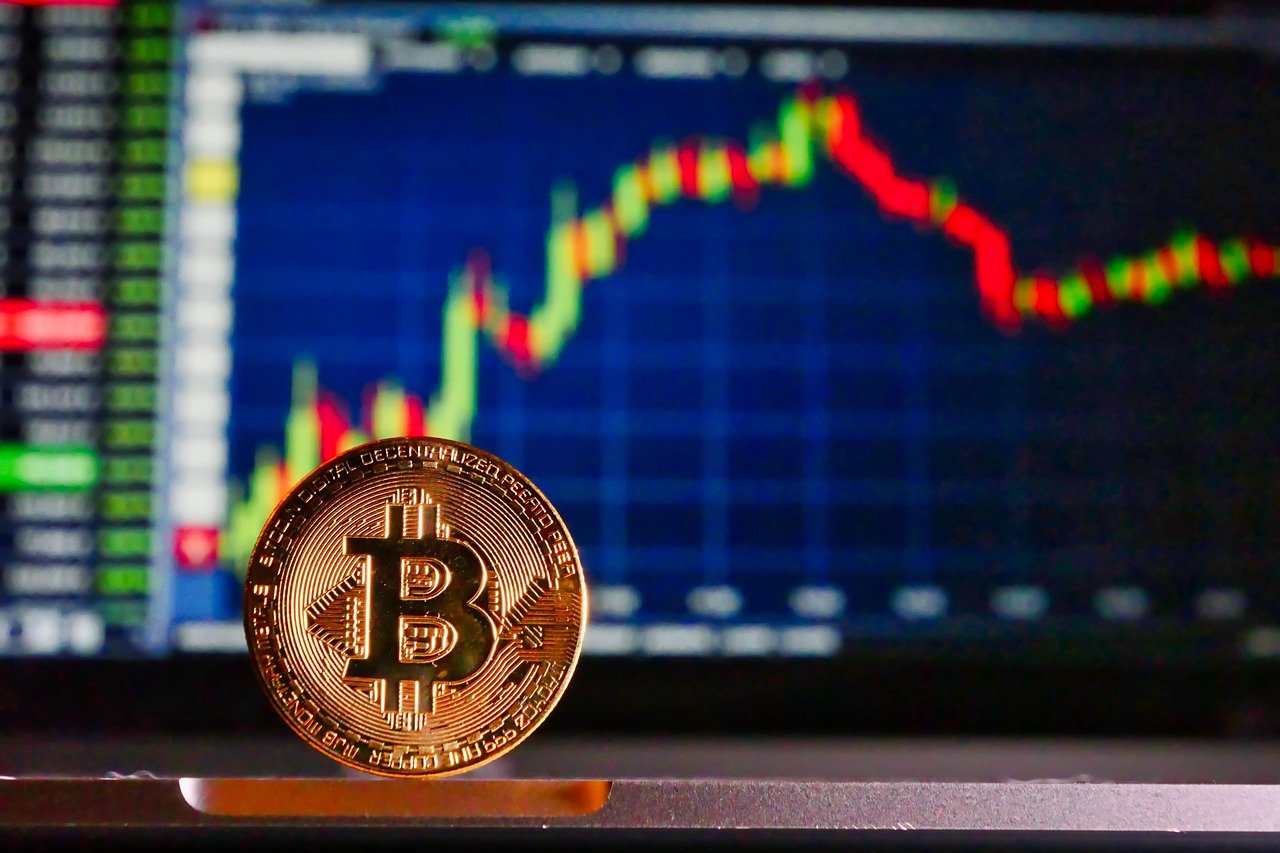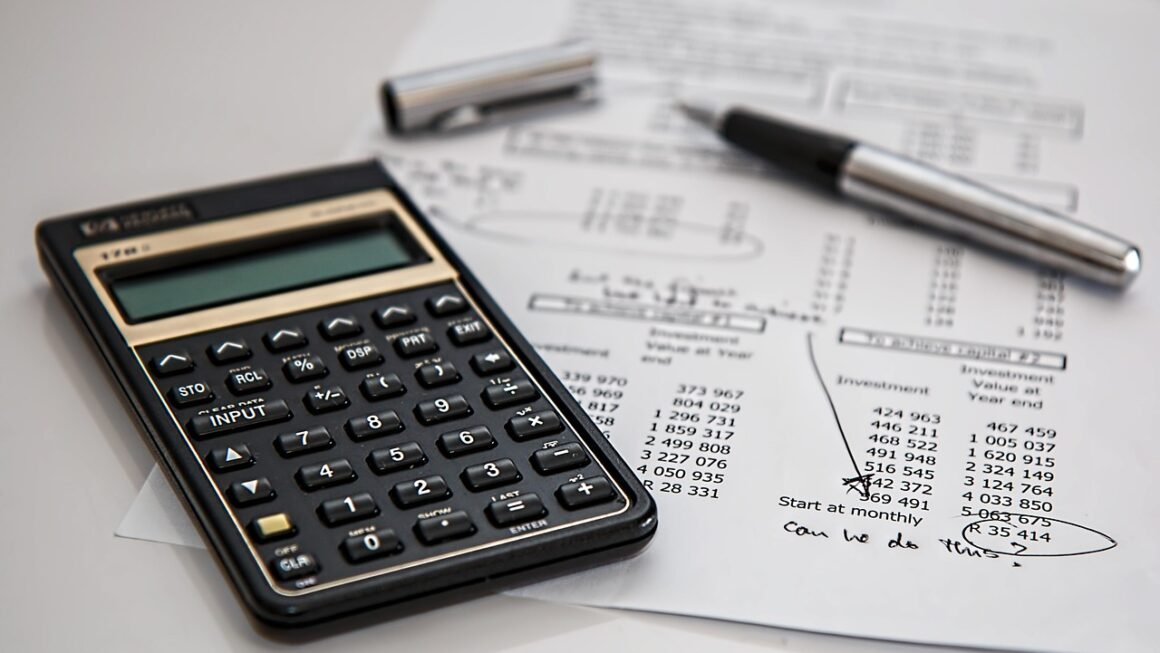Navigating the complexities of personal finance can feel overwhelming, especially when terms like “inflation” dominate the headlines. But understanding inflation, what causes it, and how it impacts your wallet is crucial for making informed financial decisions and protecting your purchasing power. This comprehensive guide breaks down the intricacies of inflation in an easy-to-understand format, providing actionable insights you can use today.
Understanding Inflation: What is it Really?
Defining Inflation: The Basics
Inflation, at its core, is the rate at which the general level of prices for goods and services is rising, and subsequently, purchasing power is falling. Think of it this way: your dollar buys less today than it did yesterday.
- A simple example: If a loaf of bread cost $3 last year and now costs $3.15, that represents a 5% inflation rate for that particular good.
- Inflation is typically expressed as a percentage, reflecting the annual rate of price increase.
- It is measured by tracking the prices of a basket of goods and services, such as food, housing, transportation, and healthcare.
How Inflation is Measured: The Consumer Price Index (CPI)
The most widely used measure of inflation in the United States is the Consumer Price Index (CPI), calculated by the Bureau of Labor Statistics (BLS). The CPI tracks the average change over time in the prices paid by urban consumers for a basket of consumer goods and services.
- The CPI is used to adjust Social Security benefits, cost-of-living adjustments (COLAs) in union contracts, and even tax brackets.
- The BLS releases CPI data monthly, providing a regular snapshot of inflation’s impact.
- It is important to note that the CPI has limitations, as it may not perfectly reflect the spending patterns of all households.
Different Types of Inflation: Understanding the Nuances
Inflation isn’t a monolithic phenomenon; it can manifest in different forms based on its underlying causes:
- Demand-Pull Inflation: Occurs when there is too much money chasing too few goods, leading to increased prices. Imagine a popular new gadget with limited supply – demand soars, and prices follow.
- Cost-Push Inflation: Results from increases in the costs of production, such as wages or raw materials. For example, rising oil prices can increase transportation costs, leading to higher prices for various goods and services.
- Built-In Inflation: Arises when wages and prices become indexed to inflation. Workers demand higher wages to keep up with rising prices, and businesses raise prices to cover those increased labor costs, creating a self-perpetuating cycle.
What Causes Inflation? Identifying the Key Drivers
Inflation isn’t a random occurrence; it is often the result of complex interactions between various economic factors. Understanding these factors is key to anticipating and managing the effects of inflation.
Money Supply and Inflation: The Quantity Theory of Money
The Quantity Theory of Money posits that there is a direct relationship between the quantity of money in an economy and the level of prices of goods and services sold.
- An increase in the money supply, if not matched by an increase in the production of goods and services, can lead to inflation.
- Governments and central banks (like the Federal Reserve) influence the money supply through various policies, such as printing money or adjusting interest rates.
Supply Chain Disruptions and Inflation: A Modern Challenge
The COVID-19 pandemic highlighted the vulnerability of global supply chains and their impact on inflation.
- Disruptions in production, transportation, and distribution can lead to shortages of goods, driving up prices.
- Example: Shortages of semiconductors impacted car production, leading to higher prices for both new and used vehicles.
- Geopolitical events, such as wars or trade disputes, can also disrupt supply chains and contribute to inflation.
Government Policies and Inflation: The Role of Fiscal Spending
Government spending and tax policies can significantly influence inflation.
- Large-scale government spending can stimulate demand, potentially leading to demand-pull inflation if supply cannot keep up.
- Tax cuts can increase disposable income, also potentially fueling demand-pull inflation.
- Regulations that increase the cost of production can contribute to cost-push inflation.
The Impact of Inflation: Who Wins and Who Loses?
Inflation’s effects are not uniform; it affects different individuals and sectors in different ways. Understanding these impacts is crucial for making informed financial decisions.
Inflation’s Impact on Consumers: Eroding Purchasing Power
For consumers, the most immediate impact of inflation is the erosion of purchasing power.
- Your dollar buys less, forcing you to spend more to maintain your standard of living.
- This can be particularly challenging for low-income households, who spend a larger proportion of their income on essential goods and services.
- Example: If your grocery bill increases by 10% due to inflation, you have 10% less money to spend on other things.
Inflation’s Impact on Businesses: Navigating Price Changes and Wages
Businesses face unique challenges during periods of inflation.
- They must navigate increasing input costs, such as raw materials and labor.
- They need to decide whether to pass these costs on to consumers in the form of higher prices, risking a decrease in demand.
- Businesses may also face pressure to increase wages to compensate employees for the rising cost of living.
Inflation’s Impact on Investors: Protecting and Growing Wealth
Inflation can significantly impact investment returns.
- Inflation erodes the real return on investments, meaning the return after accounting for inflation.
- Certain assets, such as real estate and commodities, are often considered inflation hedges, as their value tends to increase during inflationary periods.
- Investors may need to adjust their investment strategies to protect their portfolios from the effects of inflation.
Managing Inflation: Strategies for Individuals and Businesses
While individuals and businesses can’t control inflation itself, they can take steps to mitigate its impact.
Strategies for Individuals: Protecting Your Finances
- Budgeting and Expense Tracking: Track your spending to identify areas where you can cut back and prioritize essential expenses.
- Negotiating Salaries and Wages: Advocate for salary increases to keep pace with the rising cost of living.
- Investing in Inflation-Protected Securities: Consider investing in Treasury Inflation-Protected Securities (TIPS), which adjust their principal value based on changes in the CPI.
- Paying Down Debt: Focus on paying down high-interest debt to reduce your financial burden.
Strategies for Businesses: Maintaining Profitability
- Price Optimization: Carefully evaluate pricing strategies to balance profitability with maintaining competitiveness.
- Supply Chain Diversification: Reduce reliance on single suppliers to mitigate the impact of supply chain disruptions.
- Investing in Efficiency: Improve operational efficiency to reduce costs and increase productivity.
- Hedging Against Inflation: Consider using financial instruments to hedge against rising input costs.
Conclusion
Inflation is a complex economic phenomenon with far-reaching consequences. By understanding its causes, impacts, and management strategies, individuals and businesses can better navigate the challenges it presents and protect their financial well-being. Taking proactive steps, from budgeting and investing wisely to negotiating salaries and optimizing business operations, is essential for staying ahead in an inflationary environment. Keep informed, stay adaptable, and make informed decisions to secure your financial future.



